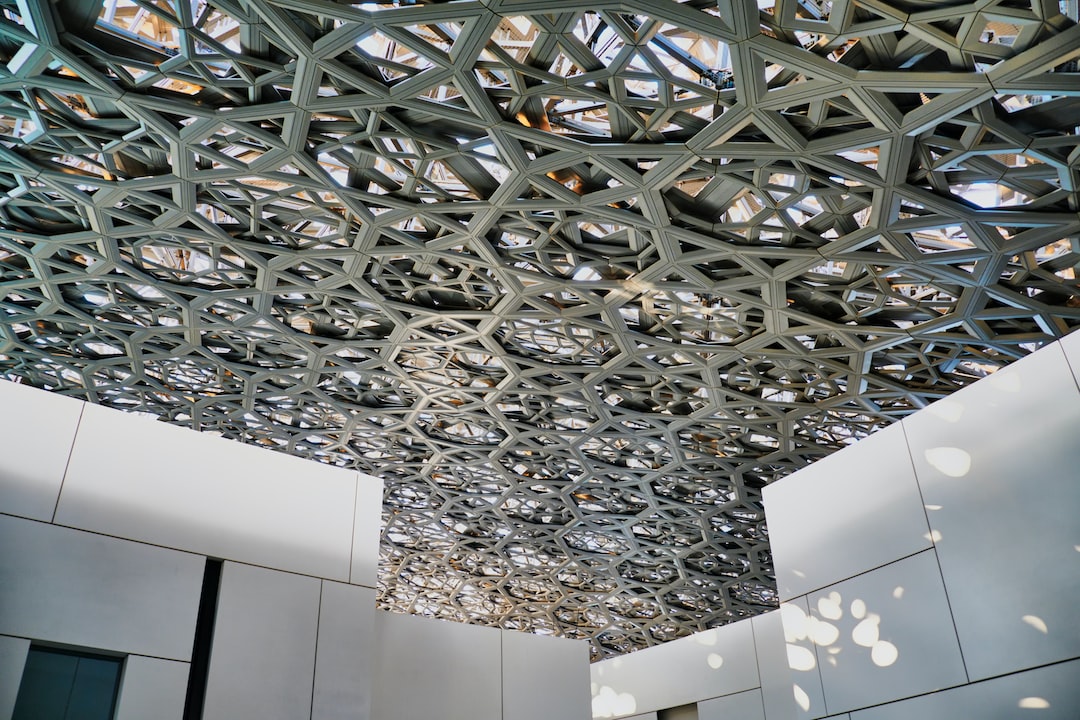Exploring the Cultural Heritage of Abu Dhabi’s Historic Sites
Abu Dhabi, the capital city of the United Arab Emirates, is not only known for its modern skyscrapers and luxurious lifestyle but also for its rich cultural heritage. This city is home to a plethora of historic sites that offer a glimpse into the Emirati traditions and way of life. Exploring these sites is not only a journey through time but also an opportunity to immerse yourself in the fascinating history and culture of Abu Dhabi.
One of the most iconic sites in Abu Dhabi is the Qasr Al Hosn, also known as the White Fort. This fort, built in 1761, was the first permanent structure in the city and served as the residence of the ruling Al Nahyan family, who played a significant role in the establishment of the UAE. Today, Qasr Al Hosn has been transformed into a museum where visitors can learn about the region’s history, architecture, and the important role this fort played in the development of Abu Dhabi.
Another must-visit historic site is Al Ain Palace Museum, located in the city of Al Ain, just a short drive from Abu Dhabi. This museum was the former residence of Sheikh Zayed bin Sultan Al Nahyan, the founder and first president of the UAE. The palace showcases the lifestyle of the ruler and his family, giving visitors a glimpse into the luxurious living standards of that time. Additionally, the museum exhibits traditional Arab handicrafts, artifacts, and historic photographs, providing a comprehensive overview of Emirati heritage.
For those interested in the traditional Bedouin way of life, a visit to the Al Jahili Fort is a must. This fort, built in the 1890s, was originally used to defend the city and safeguard precious palm groves. Today, it has been transformed into a museum showcasing the history and culture of the region. Visitors can explore the exhibits that feature traditional Bedouin jewelry, weapons, and photographs, offering an insight into the daily life and traditions of the nomadic tribes.
Wandering through the winding streets of Al Bastakiya, also known as the Al Fahidi Historic District, is like stepping back in time. This traditional neighborhood, located in the heart of Dubai, was once a bustling trading hub and is now a well-preserved heritage site. The narrow alleyways, traditional wind towers, and distinctive architectural style give visitors a glimpse into the Emirati way of life before the city’s rapid development. The area also houses several art galleries, cafes, and boutique hotels, making it a thriving cultural hotspot.
To truly immerse yourself in Emirati culture, a visit to the Sheikh Zayed Grand Mosque is a must. This architectural masterpiece is one of the world’s largest mosques and a stunning representation of Islamic art and design. The mosque can accommodate over 40,000 worshippers and features intricate carvings, beautiful chandeliers, and the world’s largest hand-woven carpet. Visitors can explore the vast courtyard, learn about Islamic traditions, and witness the mesmerizing call to prayer. Remember to dress modestly and respect the mosque’s sacred atmosphere.
Abu Dhabi’s cultural heritage goes beyond historic sites – the city also celebrates its traditions through various events and festivals. The annual Abu Dhabi International Book Fair attracts book lovers and authors from around the globe, showcasing literature from different cultures and promoting cross-cultural exchange. The Qasr Al Hosn Festival is another notable event that celebrates Emirati heritage, offering live music performances, traditional dances, and cultural activities for all ages.
In conclusion, exploring the cultural heritage of Abu Dhabi’s historic sites is a journey into the emirate’s past, offering a fascinating understanding of its rich traditions and history. From the towering Qasr Al Hosn and majestic Sheikh Zayed Grand Mosque to the picturesque streets of Al Bastakiya, each site offers a unique insight into the Emirati way of life. So, step back in time, soak up the history, and embrace the cultural wonders that Abu Dhabi has to offer.
